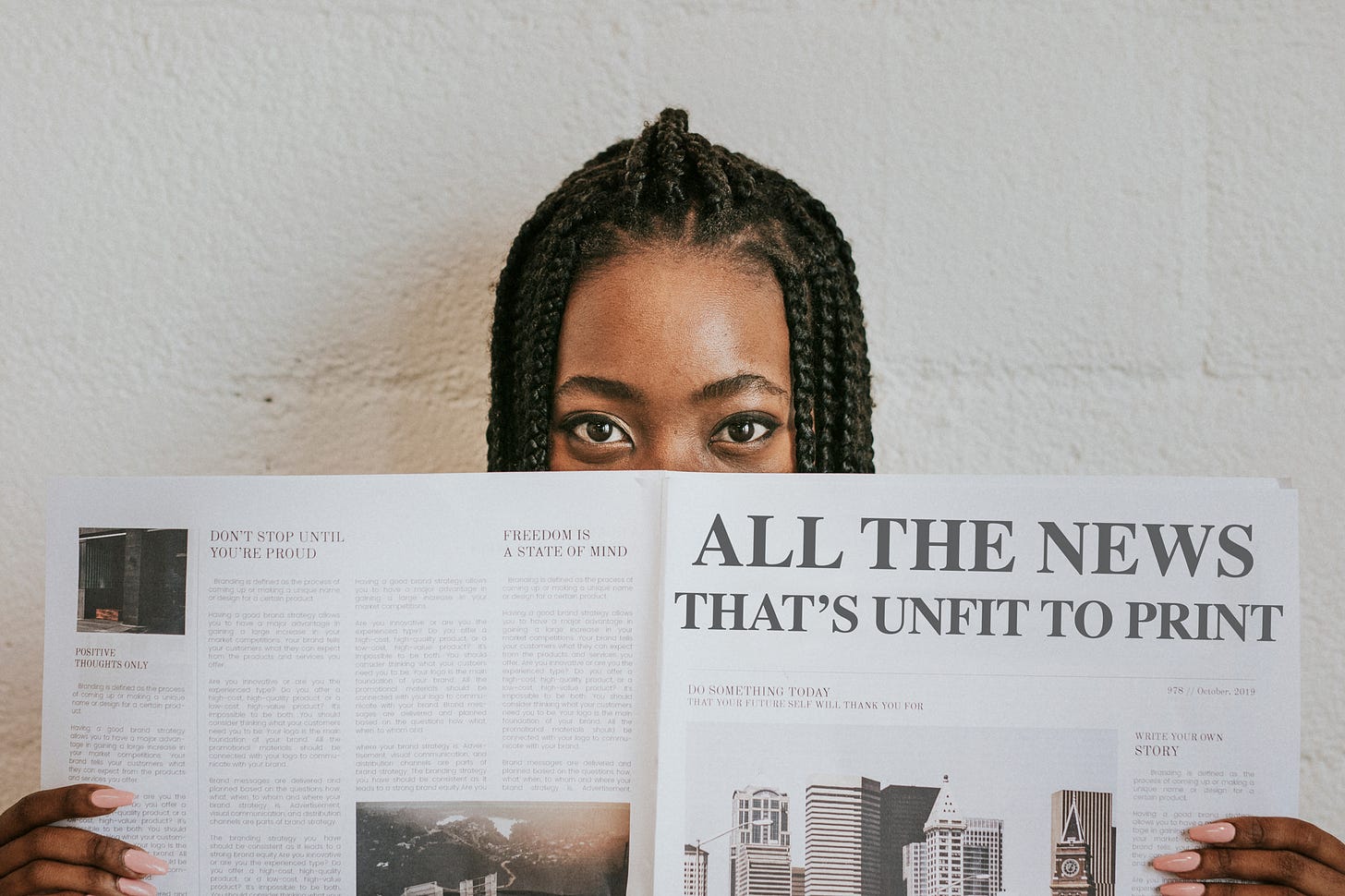Is The New York Times Racist?
What does America's most powerful newspaper using a race scientist as a source mean for journalism?
Mark Myrie does not believe he’s a drug dealer.
In July 2009, Myrie, a Jamaican living in Miami, met a real drug dealer, a Colombian immigrant who introduced himself as “Junior.” After the two men struck up a conversation during an eight-hour international flight, Junior revealed he was an international drug trafficker. Over the next five mon…
Keep reading with a 7-day free trial
Subscribe to ContrabandCamp to keep reading this post and get 7 days of free access to the full post archives.



